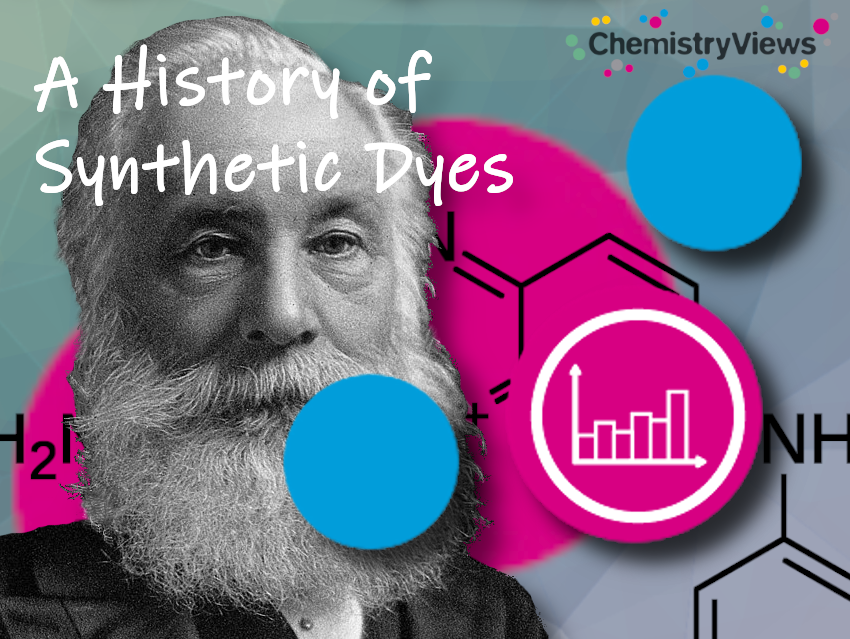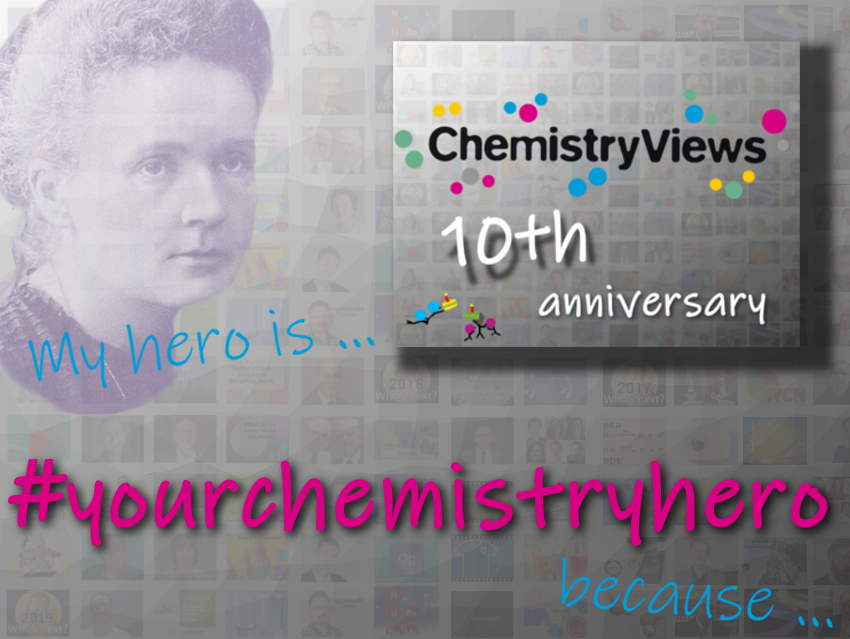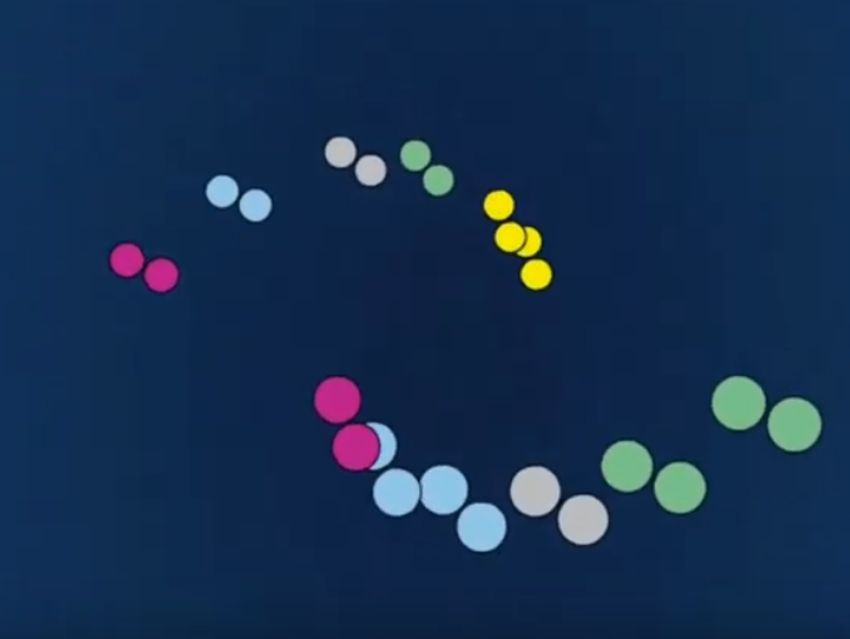In the first half of the 19th century, the foundation for the development of synthetic organic dyes was laid. Chemists like Friedlieb Ferdinand Runge, Karl von Reichenbach, August Wilhelm von Hofmann, and William Henry Perkin made pivotal contributions. The successful large-scale production and marketing of these dyes by Perkin and later chemical companies like Hoechst, Bayer, and BASF revolutionized the dye industry.
The basis was tar, which was a waste product from the production of steel.

1 Trial and Error – First Steps
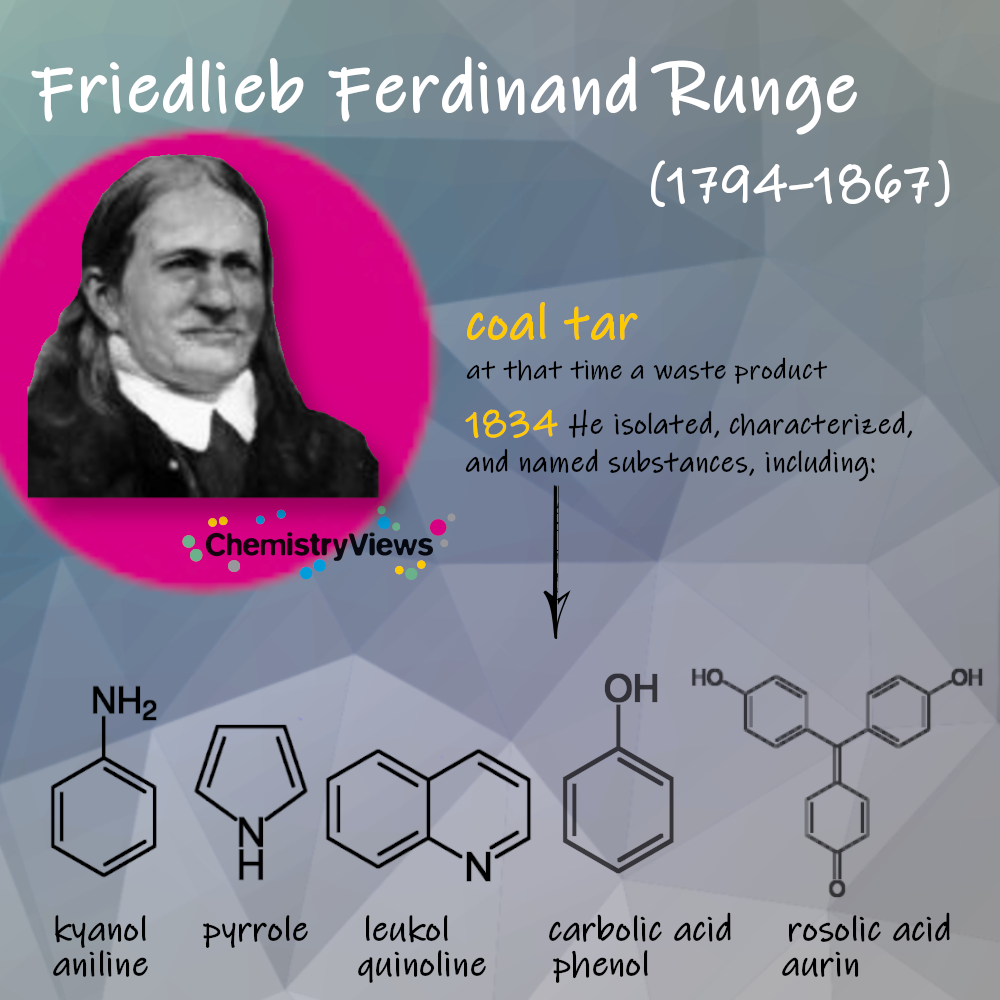
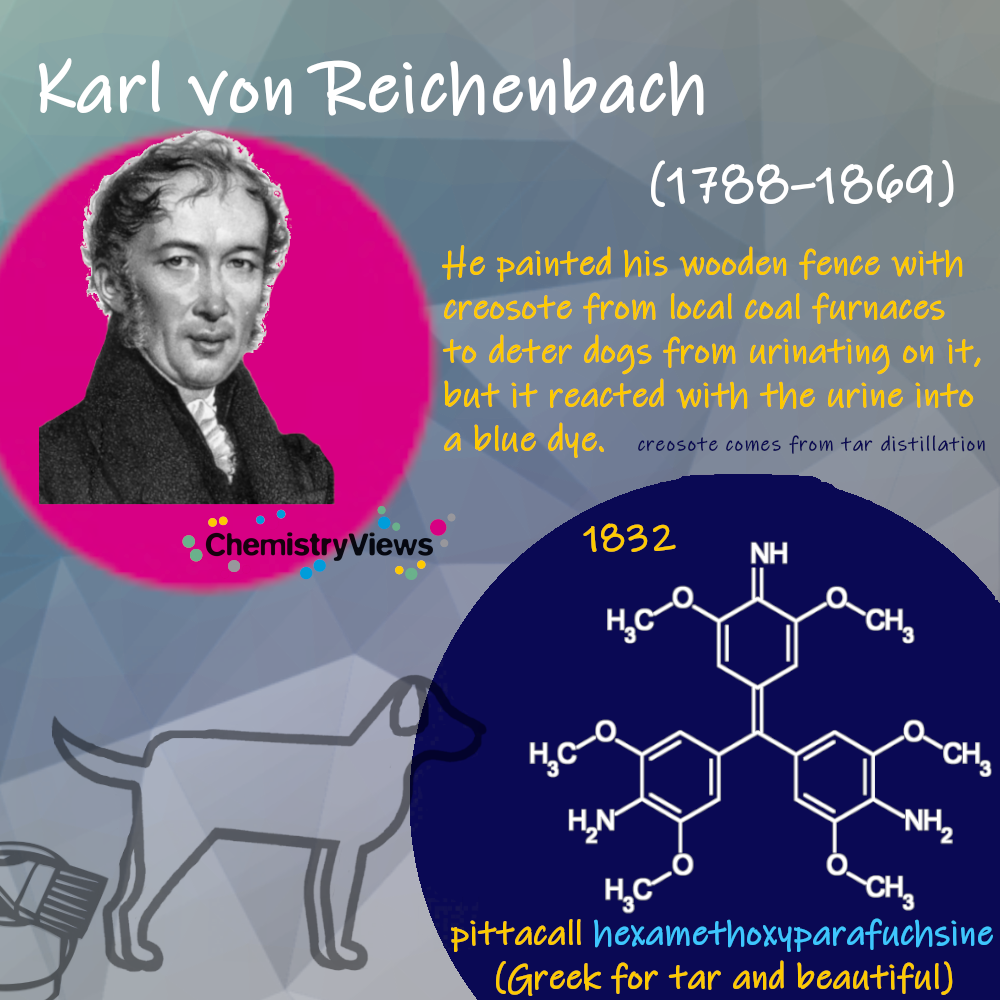
2 August Wilhelm von Hofmann and His Students
August Wilhelm von Hofmann (1818–1892) began studying coal tar chemistry in 1843 and introduced numerous new reactions and processes. He became the first Director of the Royal College of Chemistry, now part of Imperial College London, UK, in 1845 and returned to Germany in 1865.
In 1843, Hofmann showed that many substances described in the chemical literature as originating from coal tar naphtha (one of the fractions or components obtained from coal tar through a distillation) and its derivatives were a single nitrogenous base, aniline. Hofmann encouraged his 18-year-old student, William Henry Perkin, to synthesize quinine, a drug used to treat malaria, from aniline. Quinine, like aniline, consists of carbon, hydrogen, and nitrogen. However, its synthesis is much more complex, which he did not know. This was not to Perkin’s detriment, however. On the contrary, although he never finished his studies, he became rich and knighted for his discovery:
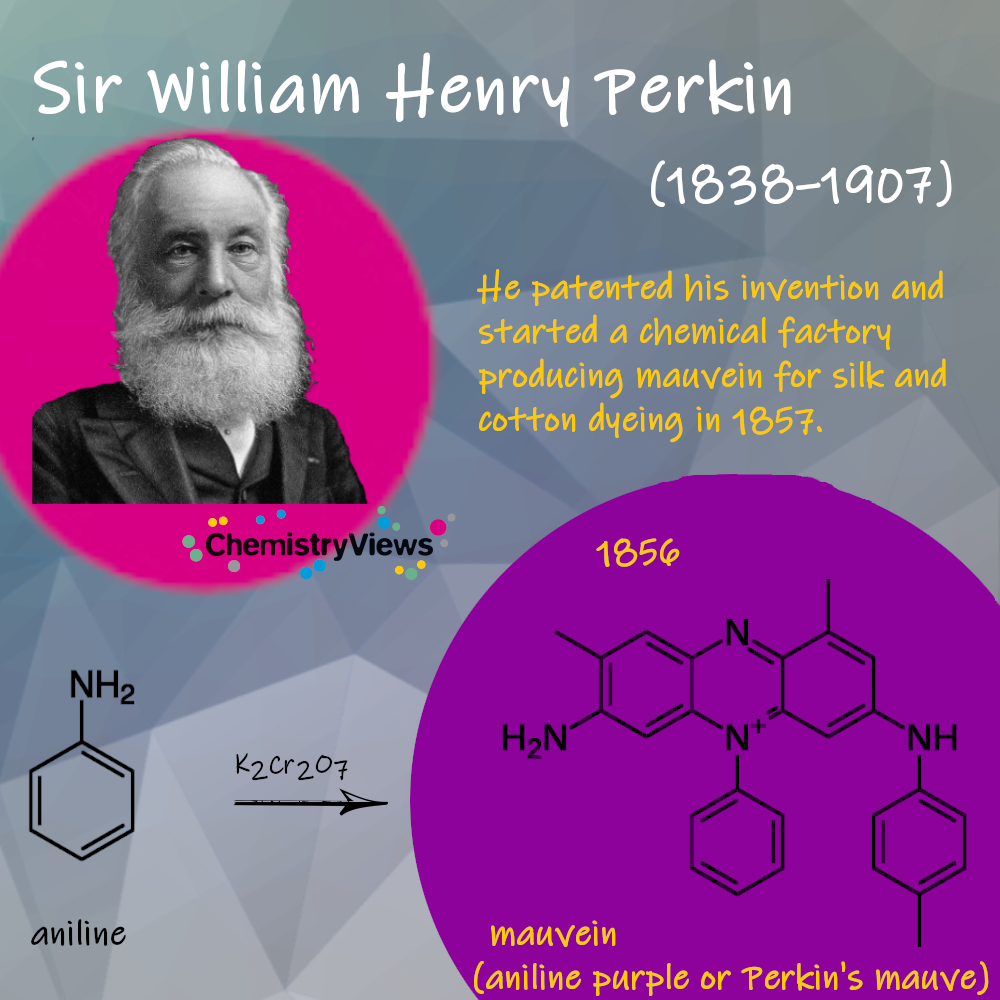
Violet is a color not known in nature.
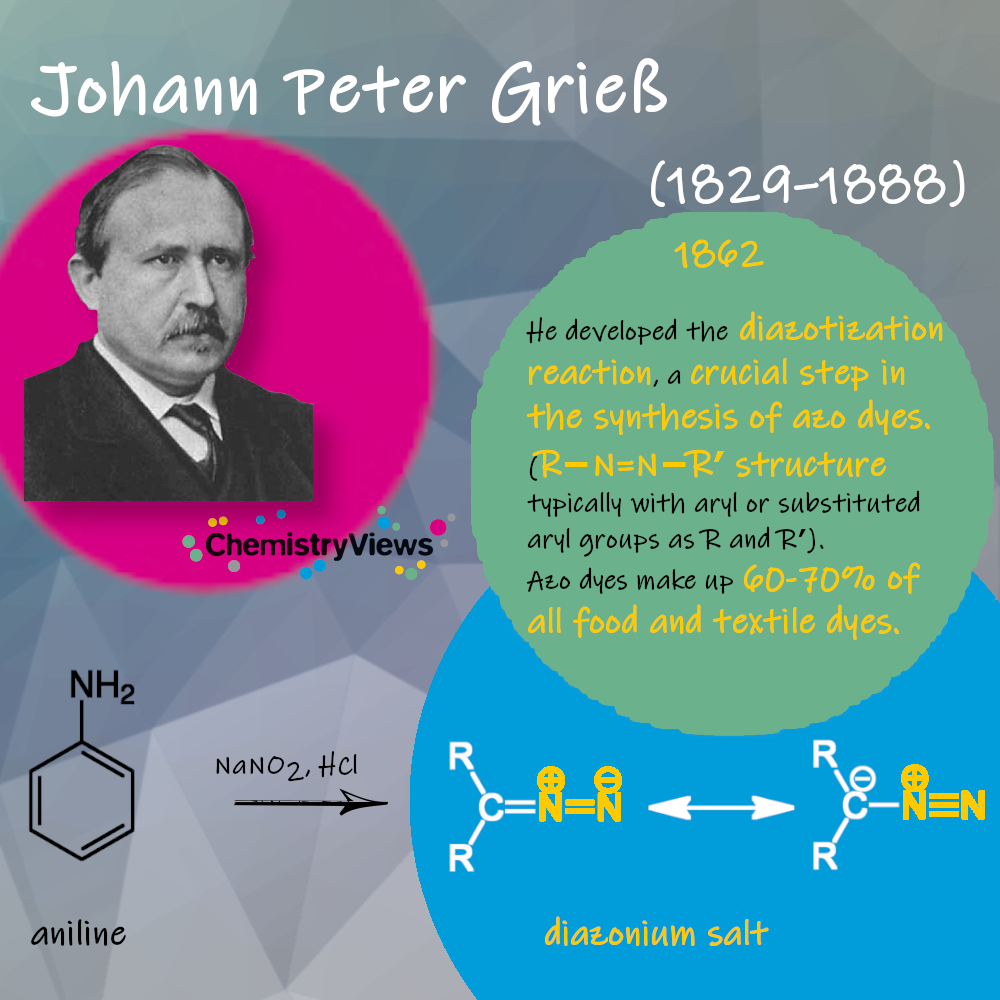
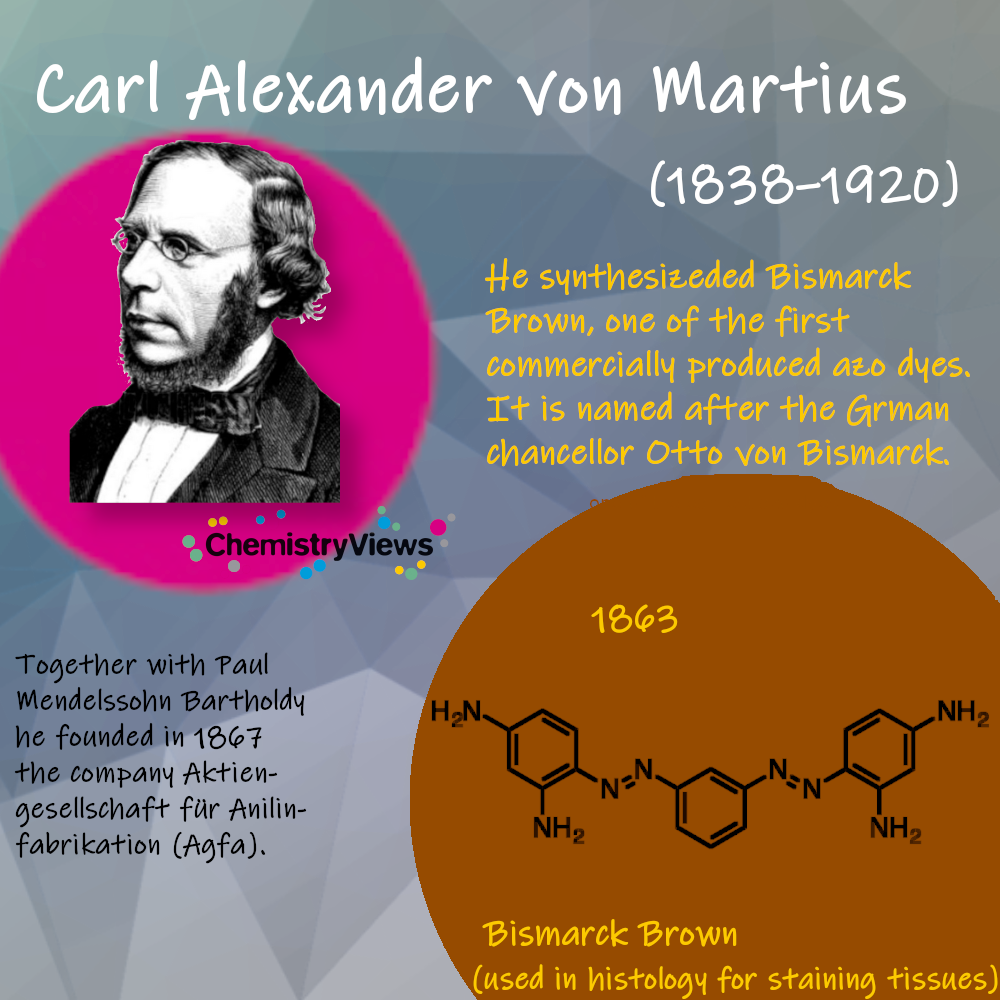
3 An Industry Arises
By 1900, more than 50 compounds had been isolated from coal tar, many of which were used in the developing German chemical industry. By 1914, the synthetic dye industry was firmly established in Germany, where 90 % of the world’s dyes were produced.
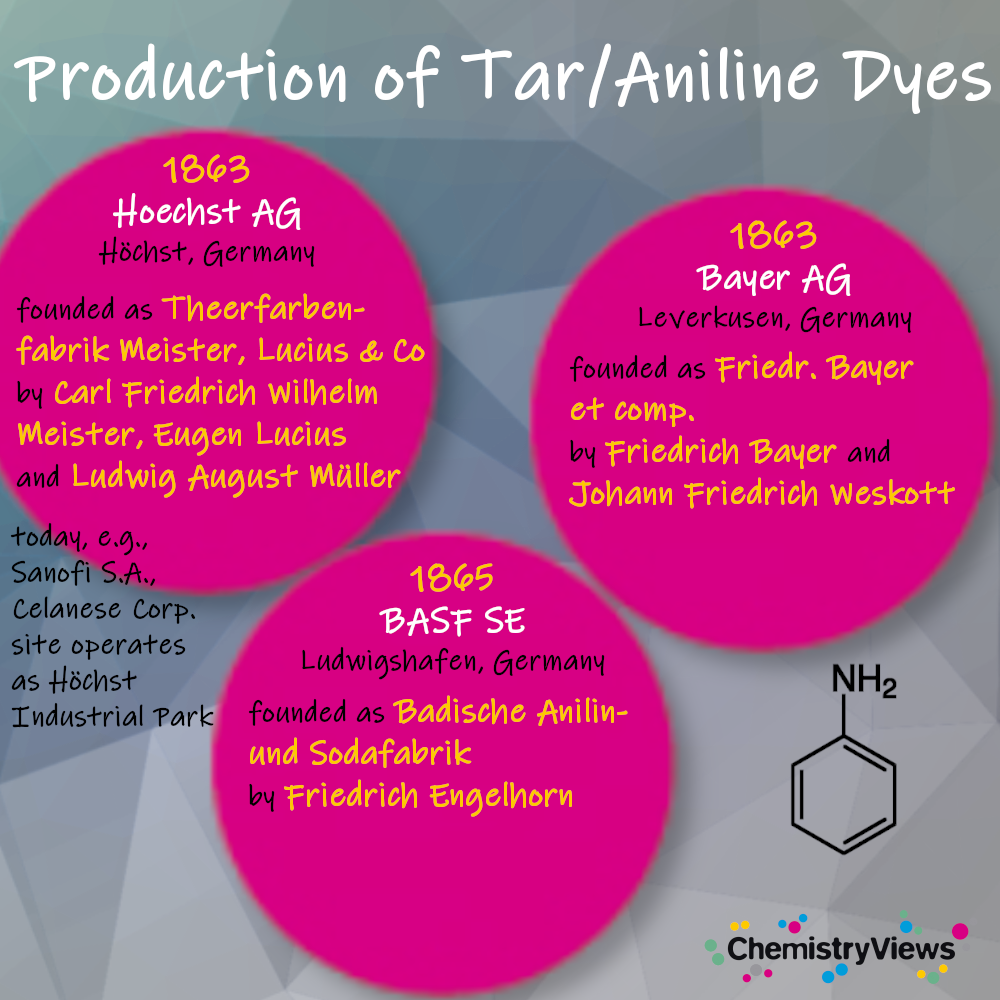
In the past 30 years, the production of dyes in the United States, Western Europe, and Japan has decreased significantly, while production in Asian countries, particularly in China, India, and South Korea, has increased.
References
[1] Roshan Paul, Richard S. Blackburn, Thomas Bechtold, Indigo and Indigo Colorants, Ullmanns Encyclopedia of Industrial Chemistry 2021. https://doi.org/10.1002/14356007.a14_149.pub3
[2] Karl Hübner, Historie: 150 Jahre Mauvein, Chem. Unserer Zeit 2006, 40(4), 274–275. https://doi.org/10.1002/ciuz.200690054
[3] Vera Koester, Sir William Henry Perkin (1838 – 1907), ChemistryViews 2021. https://doi.org/10.1002/chemv.202000142
[4] Klaus Roth, Sabine Streller, Pharmacy to the Pub — A Bark Conquers the World, ChemistryViews 2013. https://doi.org/10.1002/chemv.201300056
[5] Visit of the Historical Dye Collection of the TU Dresden, Germany
[6] Catharina Goedecke, 100th Anniversary: Death of Carl Alexander von Martius, ChemistryViews 2020. https://doi.org/10.1002/chemv.202000011
Also of Interest
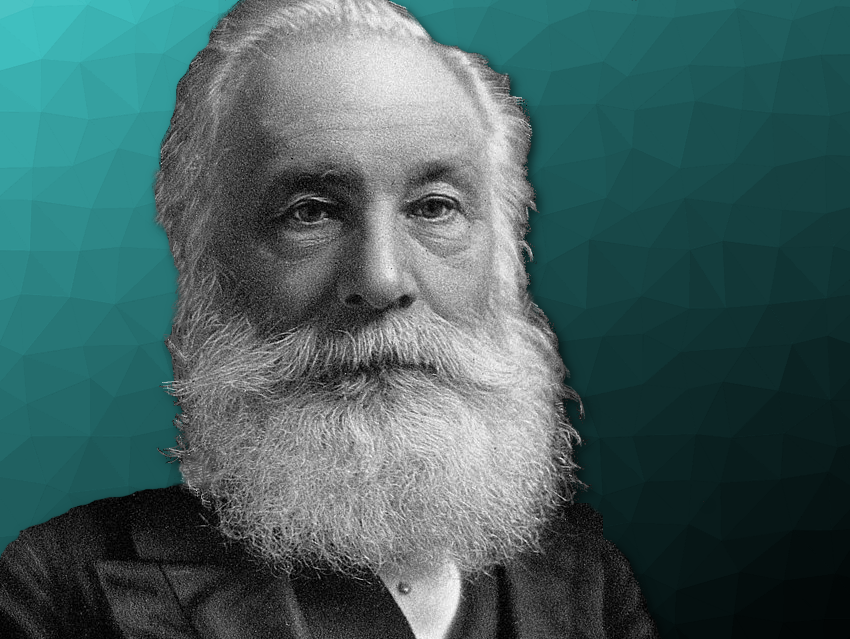
British chemist and entrepreneur, discoverer of the first synthetic organic dye and the Perkin reaction for the production of cinnamic acid and coumarin

Starting from the early alchemists we take a journey through time to examine how each of these chemists pushed the boundaries of what is possible
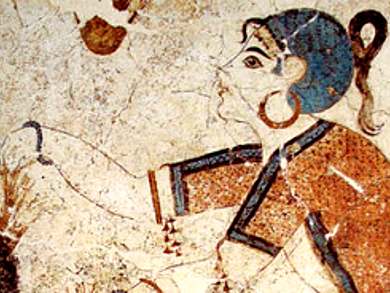
Chemistry of the intense colors many ancient works of art like ceramic figurines, statues, and temples were decorated with

Around 1700, Berlin was a colorful center of innovation – a scene that led to the discovery of the century: Prussian blue
